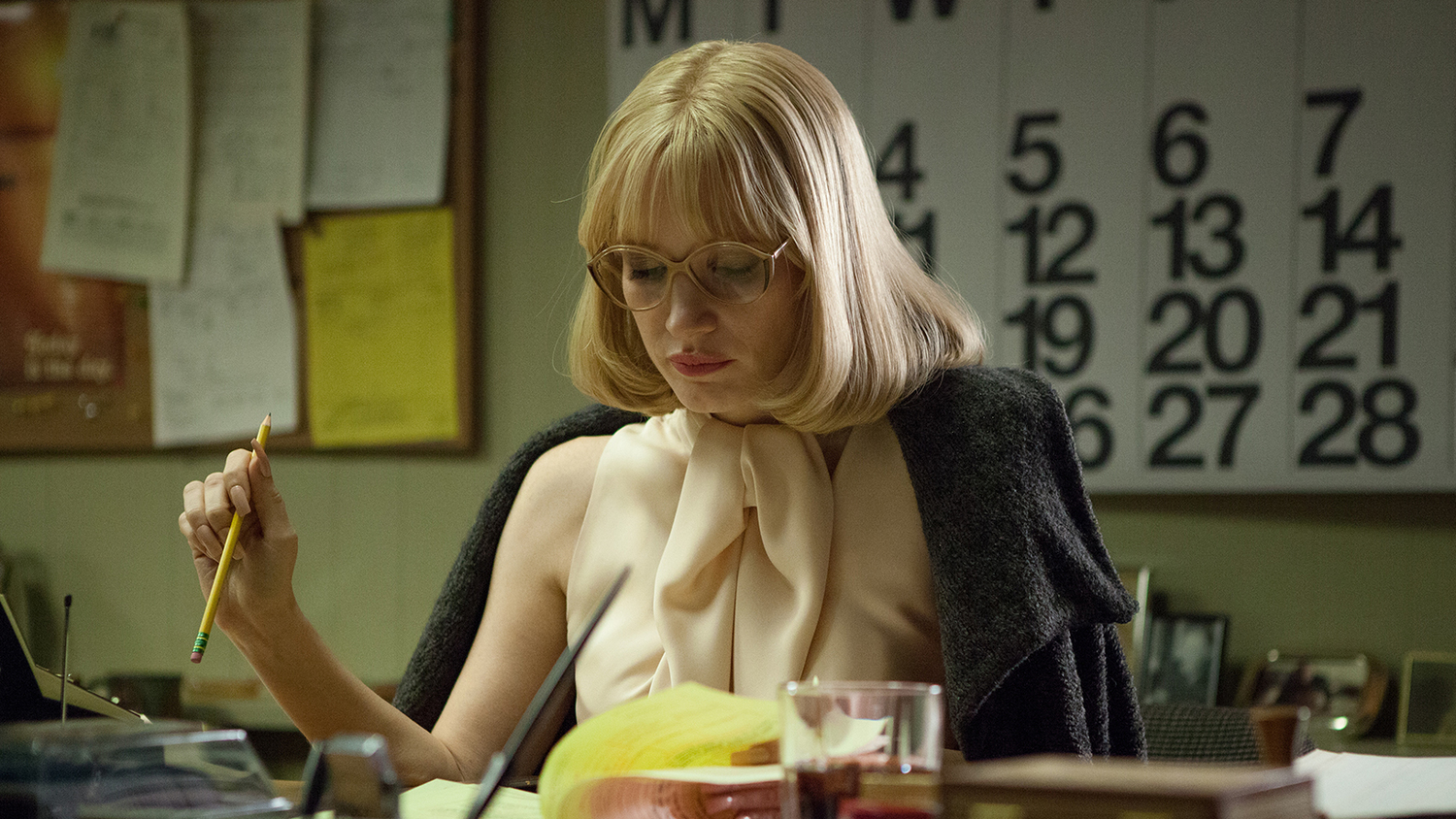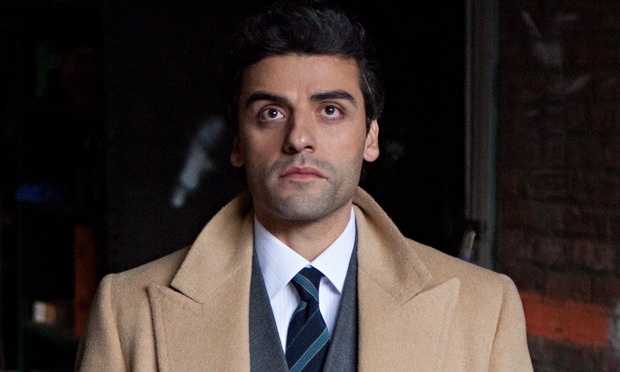JC Chandor is rapidly turning into one of the most fascinating (and gifted) filmmakers out there, as A Most Violent Year proves in almost every way. Shamefully overlooked in this year's Oscar line-up, which neglected the film altogether, this portrait of crime and punishment during New York City's own lawless nadir some 30-odd years ago feels both like the finest film that the late Sidney Lumet never made and also entirely fresh in its portrait of morality trying to keep its head above the murk. And Chandor's cast match him every step of the way, Oscar Isaac and Jessica Chastain giving themselves over entirely to their director's view of the gathering cesspit that has come to define their lives.
Simply living to see another day isn't easy, we quickly gather, across the five boroughs of New York in 1981 when the film is set. Abel Morales (Isaac), a Latin-American immigrant struggling to do right by his heating oil business against some fairly fearsome odds, likes to listen to the radio while he drives even though the news out there on New York's streets is mean, indeed. There's a mad slasher on the loose, murder and rape are at their highest levels ever, and graffiti and urban decay are everywhere the norm. And though the characters often find themselves in Brooklyn's more industrial stretches looking across at the fabled spires of Manhattan, the bigger buildings seem merely to announce larger levels of malfeasance and greed.
 Abel, for his part, has more immediate concerns, starting with the safety of his lorry driver-employees, who are being assaulted by thugs wanting to pass on their fuel. Complicating the moral maze is Abel's Brooklyn-born wife, Anna (Chastain, pictured right), who thinks nothing of coolly shooting dead a deer that has got in the way of their car and who evidently has a gangster's hazy view of human behaviour bred in her bones. "Is it clear?" her husband at one point asks, before receiving the telling reply, "I don't know what that means."
Abel, for his part, has more immediate concerns, starting with the safety of his lorry driver-employees, who are being assaulted by thugs wanting to pass on their fuel. Complicating the moral maze is Abel's Brooklyn-born wife, Anna (Chastain, pictured right), who thinks nothing of coolly shooting dead a deer that has got in the way of their car and who evidently has a gangster's hazy view of human behaviour bred in her bones. "Is it clear?" her husband at one point asks, before receiving the telling reply, "I don't know what that means."
If Abel's drivers are at risk (English actor Elyes Gabel plays Julian, the most visibly imperilled), so is this would-be entrepreneur's home life. The couple find their 10-year-old's birthday party interrupted by an arrest warrant - not an everyday occurrence, one assumes, on the leafy streets of the Westchester suburb where officialdom comes to call. (Selma's David Oyelowo, a second Brit yet again playing an accent-perfect American, is among the men in suits.) Anna, meanwhile, has kept her own dubious relationship with the exigencies of accounting: small wonder given the circumstances that Chandor returns now and again to the image of Abel running. This guy has multiple reasons to give flight.
 The Lumet-driven celluloid era of Serpico provides one template for this film, as, to a degree, does The Godfather, not least given the Pacino-esque aspect to Isaac's hair, eyes, and walk. (The actor is pictured left.) But in addition to evoking what for many of us remains a heyday in American film, Chandor's movie elicits pleasures one had thought were all but lost. Notable set pieces include a face-off on a B train subway platform and a car chase that threatens to deliver its participants to death's door.
The Lumet-driven celluloid era of Serpico provides one template for this film, as, to a degree, does The Godfather, not least given the Pacino-esque aspect to Isaac's hair, eyes, and walk. (The actor is pictured left.) But in addition to evoking what for many of us remains a heyday in American film, Chandor's movie elicits pleasures one had thought were all but lost. Notable set pieces include a face-off on a B train subway platform and a car chase that threatens to deliver its participants to death's door.
One might wonder where redemption is to be found as a knotted narrative ramps up duplicity and betrayal at every turn. Or perhaps that's to want A Most Violent Year to traffic in the sort of spurious uplift that the film, from its very title onwards, is keen to avoid. Better to go with the brusquely compelling flow and enjoy the deadpan wit of a screenplay in which, when Abel is asked what his host at that moment can get him to drink, he replies without a moment's hesitation, " a lot".
Overleaf: watch the trailer for A Most Violent Year














Add comment